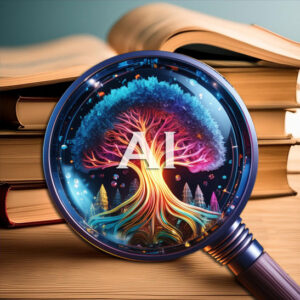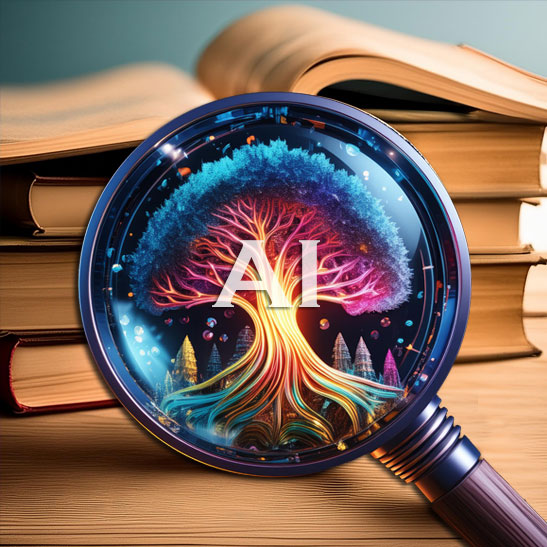 Understanding AI: What Exactly is AI?
Understanding AI: What Exactly is AI?
Artificial Intelligence (AI) has become a buzzword in recent years, but what exactly is it? At its core, AI is the act of predicting, often used as an umbrella term to describe both Machine Learning (ML) and AI. However, there’s more nuance to this field than meets the eye.
The Two Phases of AI
AI can be broken down ino two distinct phases: modeling and execution. While most people refer to the entire process as “AI,” it’s more accurate to say that Machine Learning represents the modeling phase, while AI is the action or execution phase.
Machine Learning: The Foundation of AI
From a high-level, Machine Learning is the formulation of models used to make predictions or categorize data. This process, often called training, involves several key steps:
- Exploratory data analysis using visualization techniques
- Data cleansing (e.g., removing outliers or missing values)
- Empirical evaluation to determine the best model or method for the data
- Separation of data into training, validation and test sets to determine how well the selected model is performing
Types of AI
There are several types of AI, each with its own strengths and applications:
- Machine Learning (ML): The broad category of algorithms that learn from data.
- Natural Language Processing (NLP): Focuses on tokenizing language for modeling, extracting intent and sentiment. Tokenizing is the process of breaking down a text document into smaller units called “tokens”, which can be words, phrases, or individual characters to allow for further consumption.
- AI Neural Networks: Highly complex modeling that solves difficult problems like video and image classification. Often requires significant resources and domain knowledge.
- K-clustering: Used for categorization and segmentation of data into groups, common in market segmentation.
- Regression: Fits mathematical curves to data, useful for forecasting, especially with time-based data. However, it’s limited by its reliance on historical data.
- Structured/Unstructured Learning: Structured learning answers specific questions, while unstructured learning aims to glean insights from data.
- Generative AI: Builds responses based on existing information, adding an element of randomness to each response.
The Power of AI in Action
While AI itself is powerful, its true potential is realized when combined with process automation software. This combination allows organizations to put information into action, leading to increased efficiency, responsiveness, and reduced errors. Here are some practical applications:
- Analyzing invoices or statements to detect suspect transactions, triggering alerts, launching workflows or locking an account
- Detecting and extracting personally identifiable information (PII) from electronic documents to create masked or obfuscated copies to protect sensitive information from unauthorized use
- Automatically responding to email requests by pulling data and detecting intent and sentiment – If the request is for potentially sensitive information, the request can be routed for appropriate approval
A focus on AI Driven Automation (AIDA) takes the AI response and enables a higher level of efficiency and responsiveness while reducing errors.
Conclusion
AI is a complex and multifaceted field that goes beyond simple prediction. By understanding the different types of AI and their applications, businesses can harness its power to streamline operations and improve decision-making processes. With a focus on AIDA, higher level operational and enterprise efficiencies can be gained by utilizing the better decisions driven from AI and combining with efficiency tools to drive the work to completion versus simply providing the answer. As we continue to advance in this field, the possibilities for AI-driven automations are truly exciting.
For more information on how AI and AIDA can benefit your organization, don’t hesitate to contact us.


